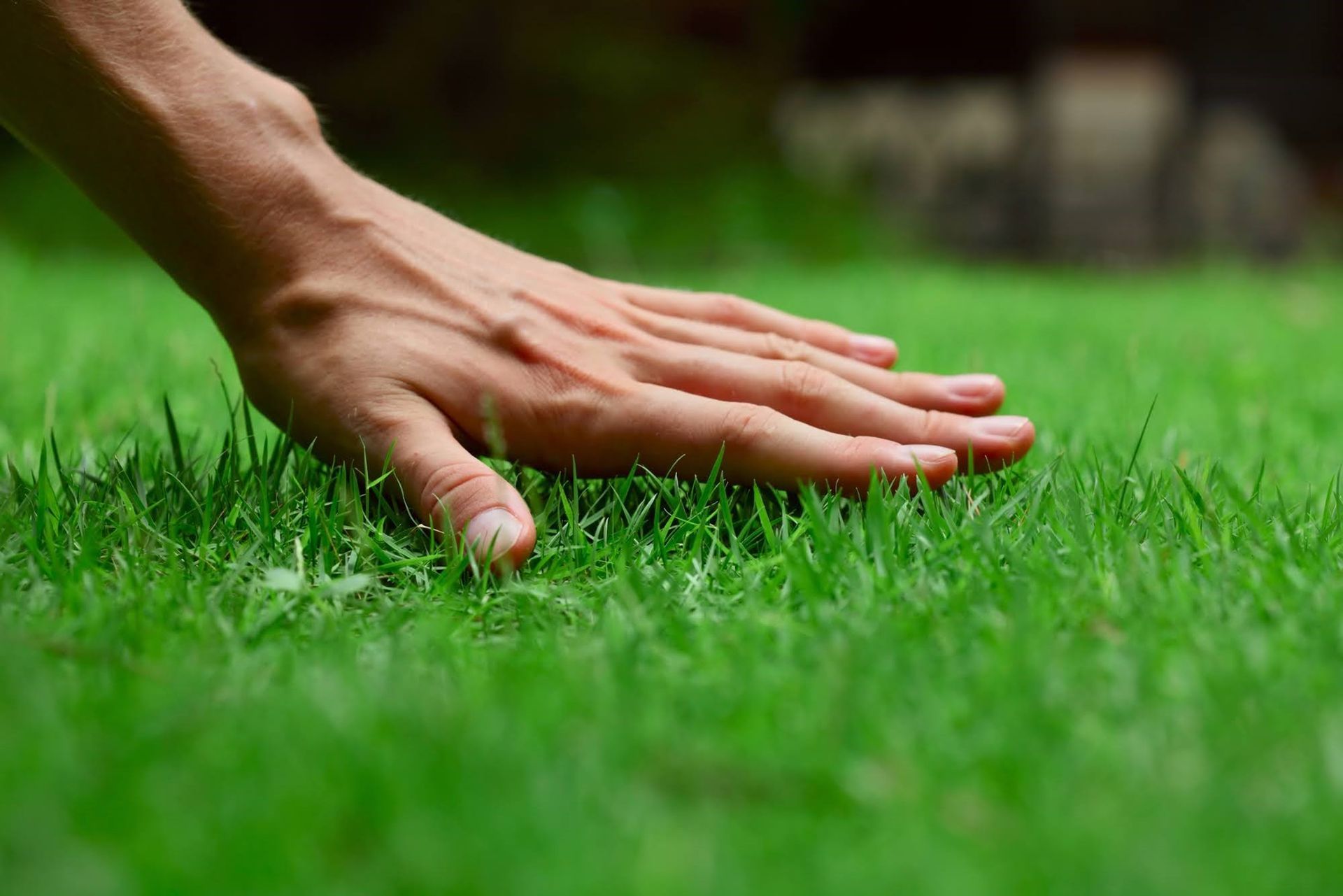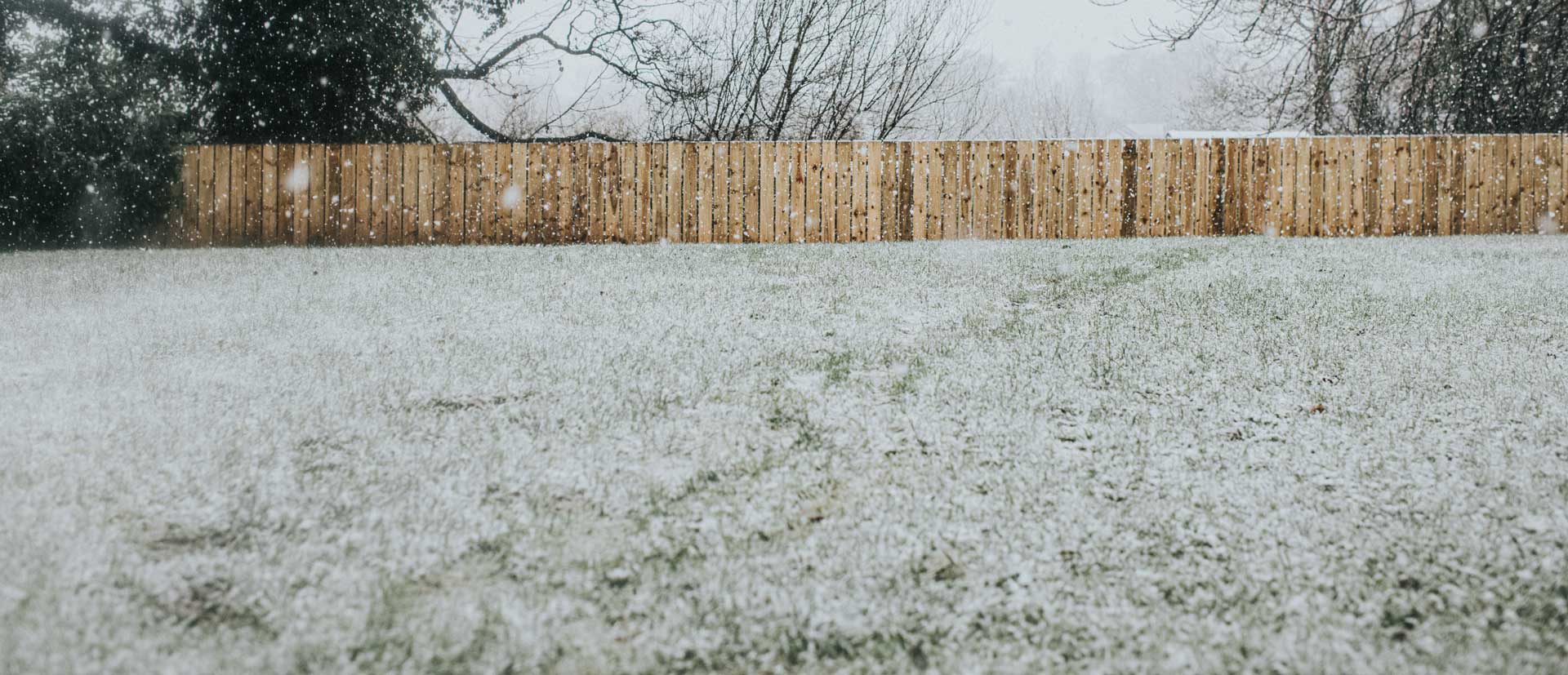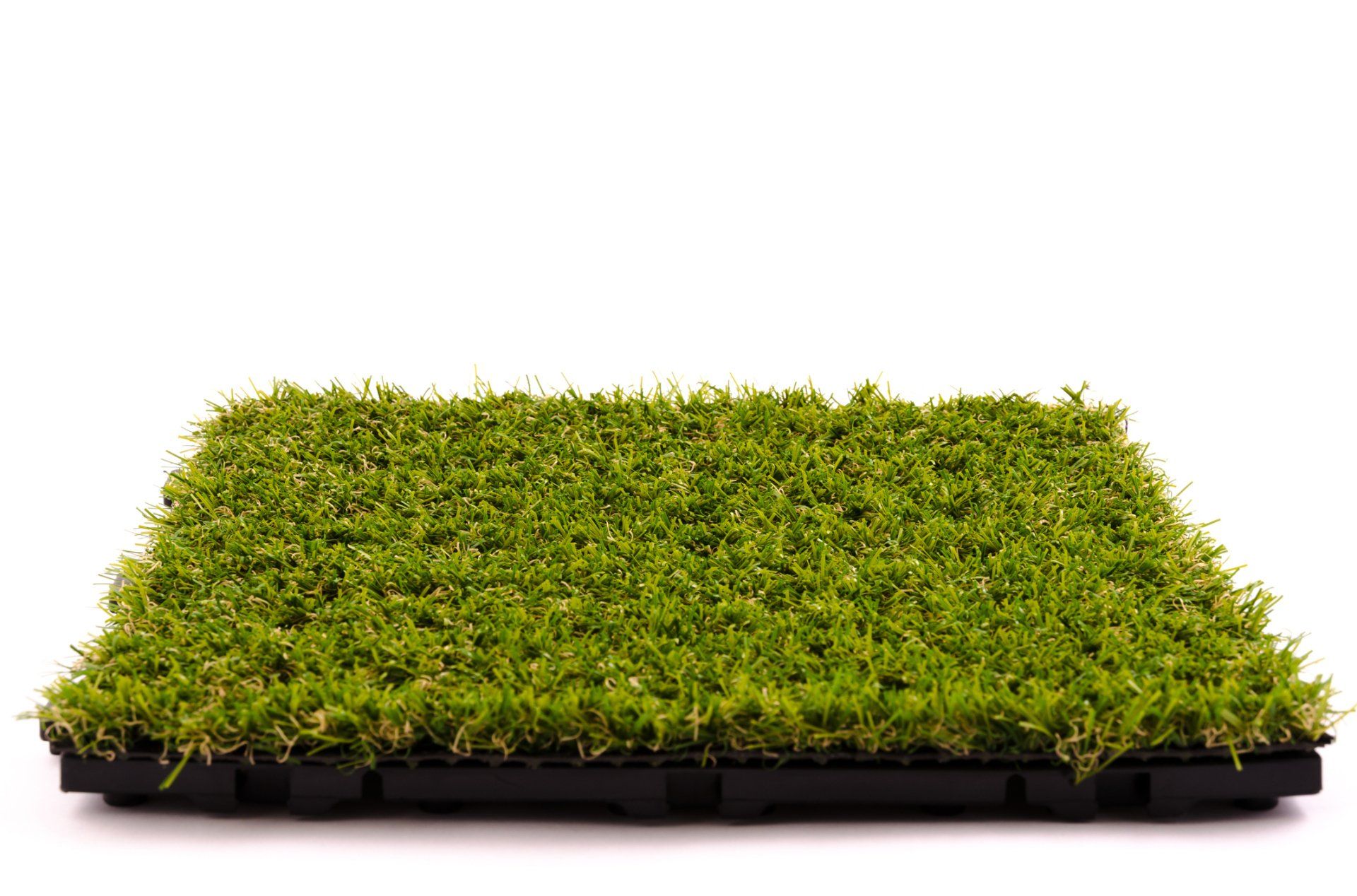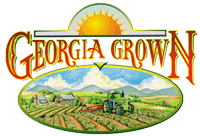Landscaping Styles That Sod Can Complement
- By Admin
- •
- 04 Apr, 2020
- •
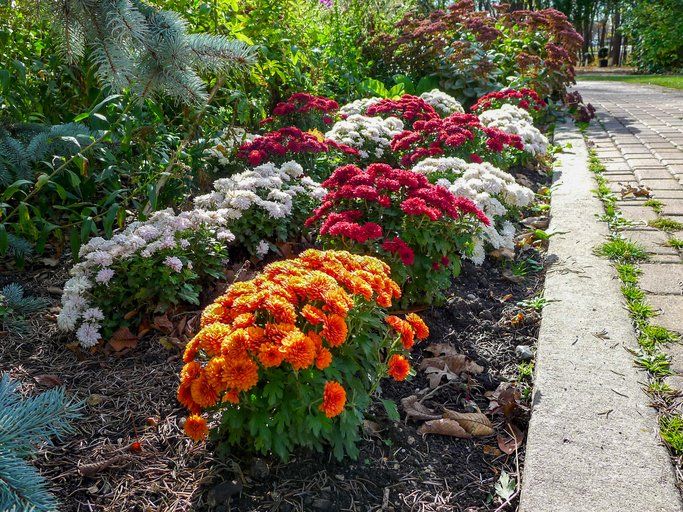
Grass is popular for yards because it provides a large swath of greenery that's both visually pleasing and
useful. You probably envision a traditional yard when you think about sod - a lawn, a couple trees, and a
few flower beds. However, many landscape designers are moving toward yards with a distinct style. Sod
can complement several of these landscaping styles.
English Garden
The English garden features several clear-cut characteristics. It's a loose, informal style inspired by nature. Original English gardens were part of large estates, so they themselves were grand. However, modern landscape designers now scale down the scope for residences. The goal of such a garden is to encourage visitors to wander around and relax.
One of the classic elements of the English garden is a rolling lawn. The English countryside where nobles built manors wasn't exactly hilly, but it did feature some undulation. So, if you want to replicate an English garden, have at least one small mound created in your yard before having it sodded over. Likewise, you want enough sod in your yard to get an expansive feel.
English gardens include other features that you can incorporate into your landscaping, at least in that scaled down manner, for example manor gardens often featured lakes. Since that's too grand for most modern day houses, consider a naturalistic pool. Tree groves are another element that you can work into your landscaping on a small scale, say with a cluster of trees in the corner of your lawn.
Japanese Garden
The classic Japanese garden is another style that aims to encourage wandering, in this case for meditation. Likewise, such gardens are informally formal, meaning they look naturalistic. However, designers carefully cultivate the vista into reproductions of what you'd find in a perfect example of nature. A well designed Japanese garden should be both elegant and complex.
Even though the Japanese garden tries to mimic nature, grass is a mainstay of the style. Landscape designers use it in different ways, depending on the scope of the garden. If the yard is small, they might use it as an accent to other elements. With larger gardens, you'll see an expanse of manicured lawn. Incorporate a sod installation so you see a balance of green in your garden.
Additionally, Japanese gardens depend on two important hardscaping elements - a water feature and a winding pathway. Your Japanese landscaping should incorporate a nature-inspired pool, ideally with a bridge. Likewise, a winding pathway, preferably of stone, encourages that sense of meditation. Consider devising the path around your water feature and through the lawn for visual interest.
French Garden
The French garden is probably the most formal style of landscaping. The foundation ambiance is a sense of order over nature. So designers use natural elements, but they apply a sense of order and symmetry to the design. Naturally, one of the most famous French gardens is the one at the Palace of Versailles.
A lawn is de rigueur for the French garden because it is the ideal form of plant life for imposing order. Indeed, sod is especially useful because the contractors can lay it down in the precise manner required by the style. You see either large lawns that accompany the hardscaping or mirrored lawns, like on either side of a central statue or formal pathway, for example.
Another plant to incorporate into your French garden is the box hedge for the same reason as for sod. Indeed, the two plants can work well together. You can have the contractors lay the sod in neat spaces further defined by the box hedges.
Use sod as the foundation of your landscaping design, then add some of the other elements that adhere to the principles of the target style. Contact Wright Turf Farms for the sod itself.
English Garden
The English garden features several clear-cut characteristics. It's a loose, informal style inspired by nature. Original English gardens were part of large estates, so they themselves were grand. However, modern landscape designers now scale down the scope for residences. The goal of such a garden is to encourage visitors to wander around and relax.
One of the classic elements of the English garden is a rolling lawn. The English countryside where nobles built manors wasn't exactly hilly, but it did feature some undulation. So, if you want to replicate an English garden, have at least one small mound created in your yard before having it sodded over. Likewise, you want enough sod in your yard to get an expansive feel.
English gardens include other features that you can incorporate into your landscaping, at least in that scaled down manner, for example manor gardens often featured lakes. Since that's too grand for most modern day houses, consider a naturalistic pool. Tree groves are another element that you can work into your landscaping on a small scale, say with a cluster of trees in the corner of your lawn.
Japanese Garden
The classic Japanese garden is another style that aims to encourage wandering, in this case for meditation. Likewise, such gardens are informally formal, meaning they look naturalistic. However, designers carefully cultivate the vista into reproductions of what you'd find in a perfect example of nature. A well designed Japanese garden should be both elegant and complex.
Even though the Japanese garden tries to mimic nature, grass is a mainstay of the style. Landscape designers use it in different ways, depending on the scope of the garden. If the yard is small, they might use it as an accent to other elements. With larger gardens, you'll see an expanse of manicured lawn. Incorporate a sod installation so you see a balance of green in your garden.
Additionally, Japanese gardens depend on two important hardscaping elements - a water feature and a winding pathway. Your Japanese landscaping should incorporate a nature-inspired pool, ideally with a bridge. Likewise, a winding pathway, preferably of stone, encourages that sense of meditation. Consider devising the path around your water feature and through the lawn for visual interest.
French Garden
The French garden is probably the most formal style of landscaping. The foundation ambiance is a sense of order over nature. So designers use natural elements, but they apply a sense of order and symmetry to the design. Naturally, one of the most famous French gardens is the one at the Palace of Versailles.
A lawn is de rigueur for the French garden because it is the ideal form of plant life for imposing order. Indeed, sod is especially useful because the contractors can lay it down in the precise manner required by the style. You see either large lawns that accompany the hardscaping or mirrored lawns, like on either side of a central statue or formal pathway, for example.
Another plant to incorporate into your French garden is the box hedge for the same reason as for sod. Indeed, the two plants can work well together. You can have the contractors lay the sod in neat spaces further defined by the box hedges.
Use sod as the foundation of your landscaping design, then add some of the other elements that adhere to the principles of the target style. Contact Wright Turf Farms for the sod itself.
If you manage or intend to build a playing field, you'll want visually appealing and long lasting sod that requires minimal maintenance. Read for more.
A variety of pests can wreak havoc on your lawn, turning it from a source of pride to a patchwork of problems. Read this blog to find out more about them.
Landscapers can help get your soil ready for sod planting. Discover five solutions they might recommend and implement to get soil ready for sod.
Some individuals are hesitant to try sod due to the various myths surrounding the installation. Read this blog on myths to determine if sod is for you.
If you have a pet dog, you need to take special care of your sod. Learn to balance your pet's needs with the needs of your lawn today.
A brown spot interrupt the beautiful, green lawn you work so hard to cultivate. Learn a few common causes and remedies for these dead spot downers.
If your grass takes forever to grow even after you follow all the instructions, two common problems may be the cause. Learn how to fix these issues.

